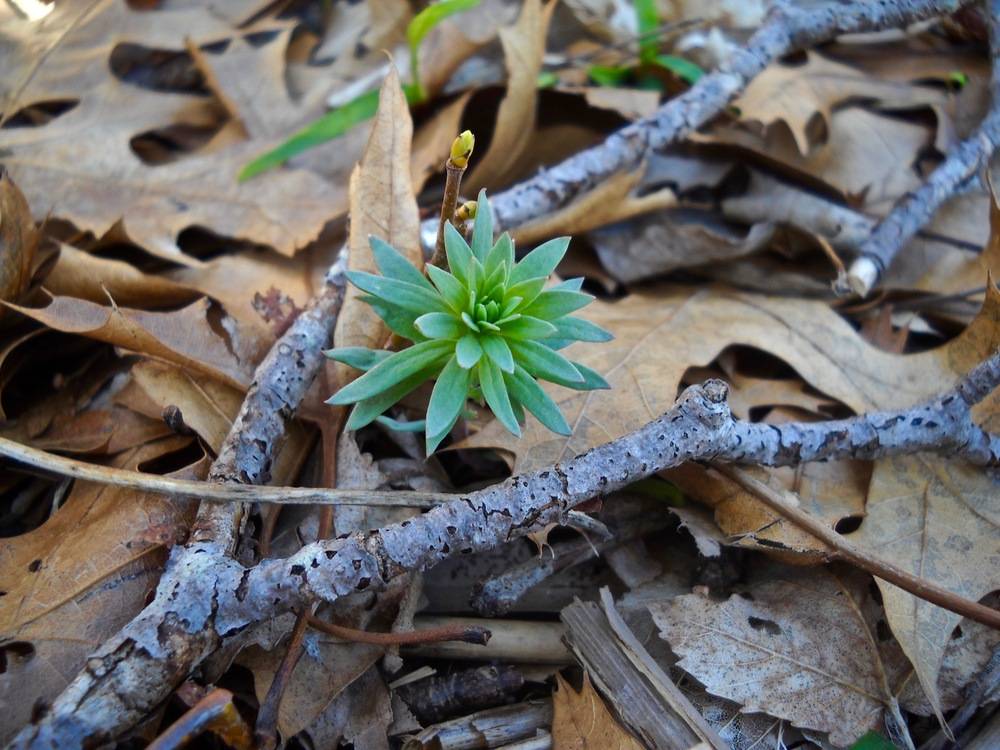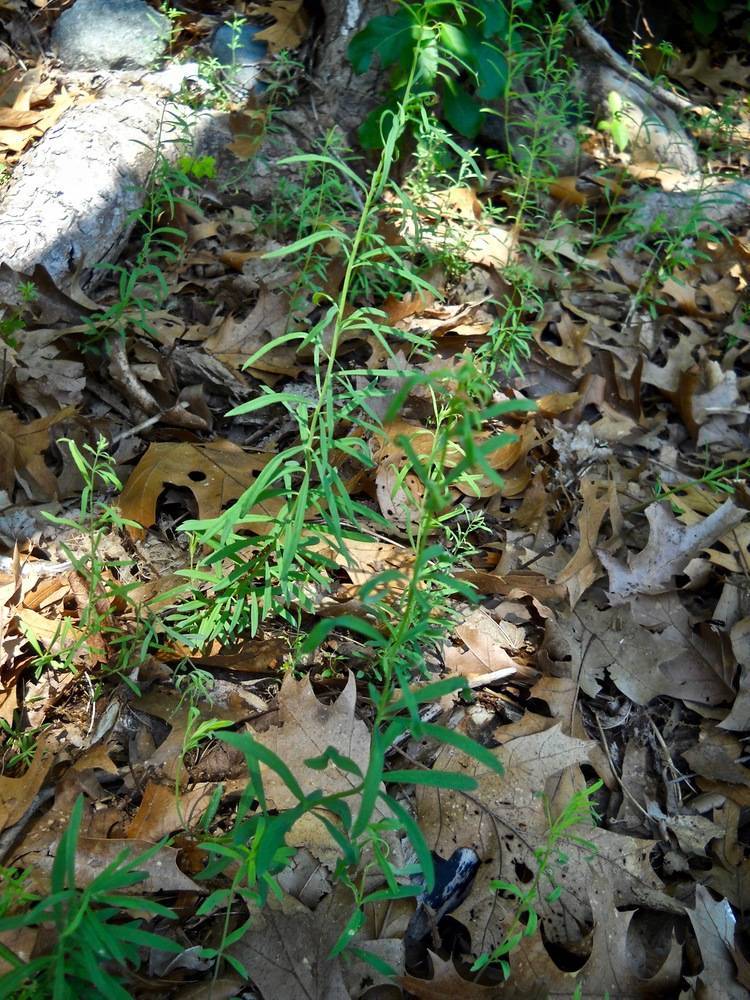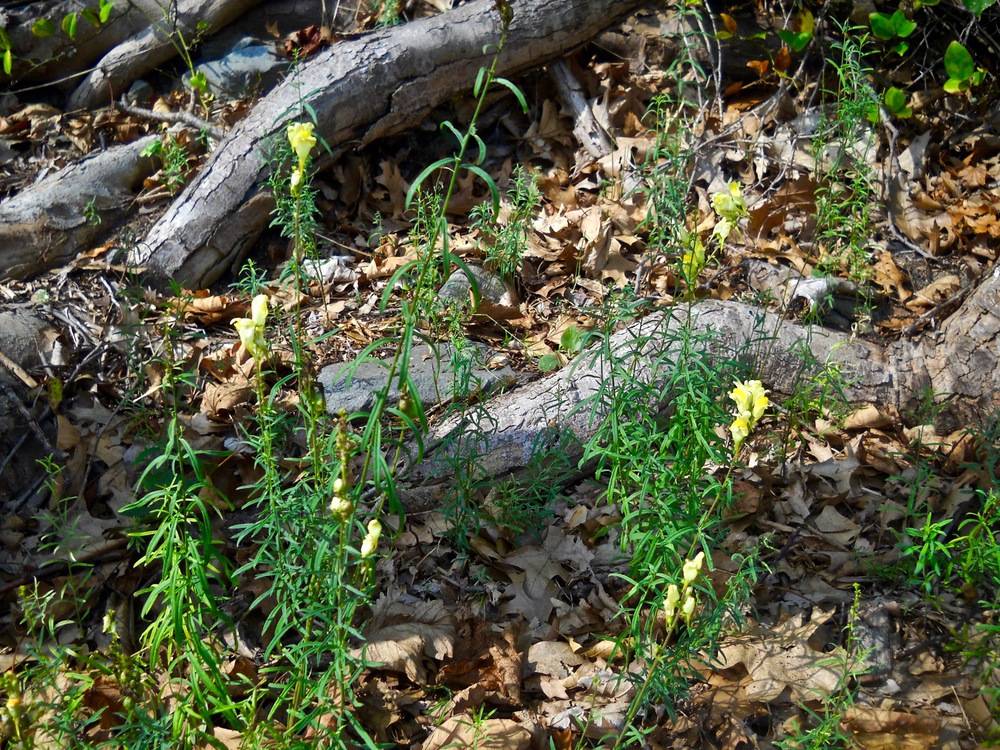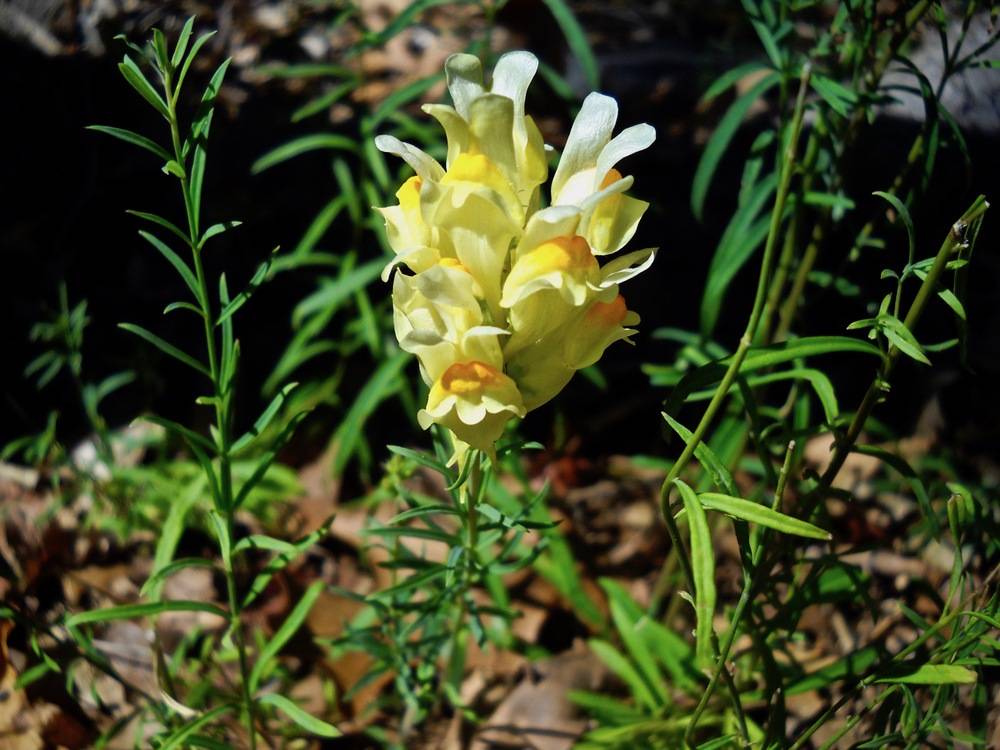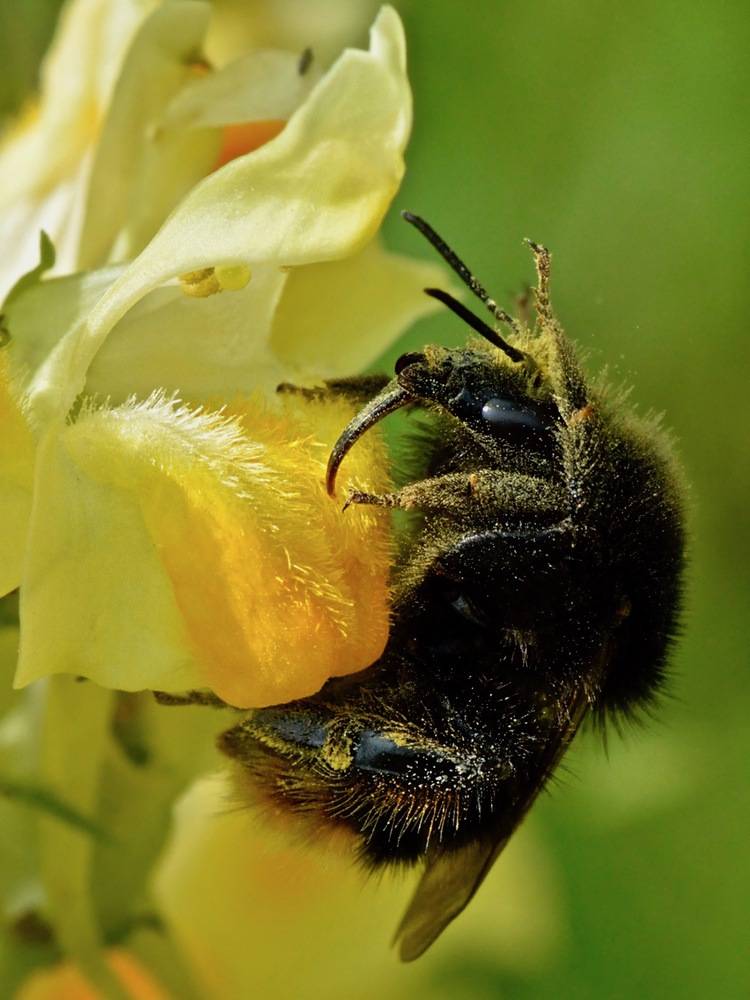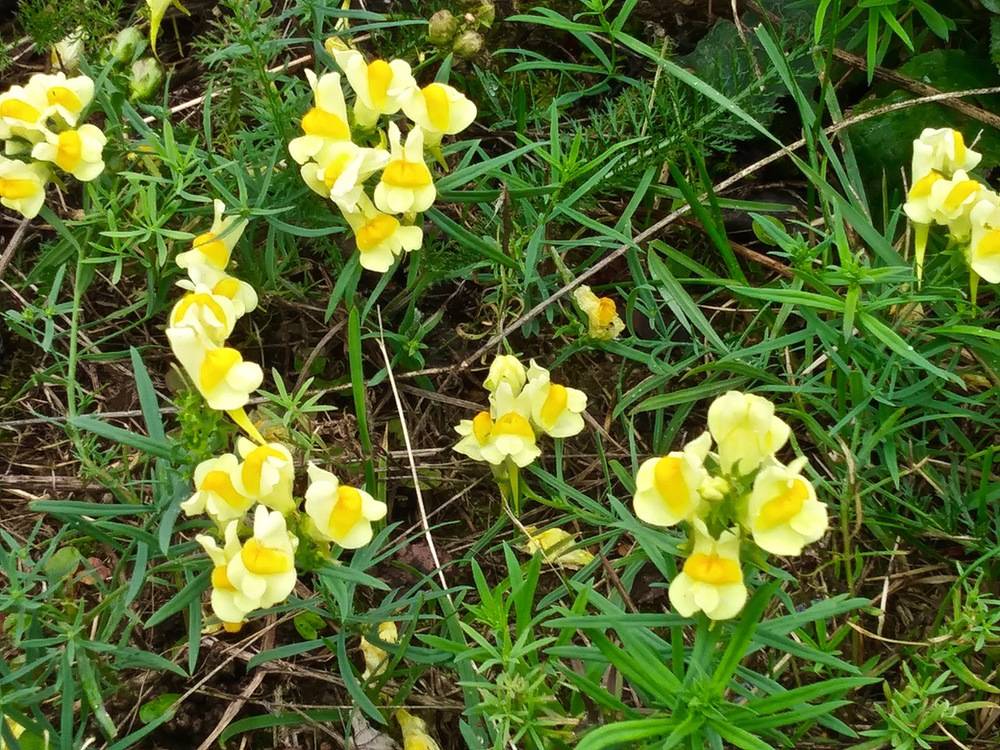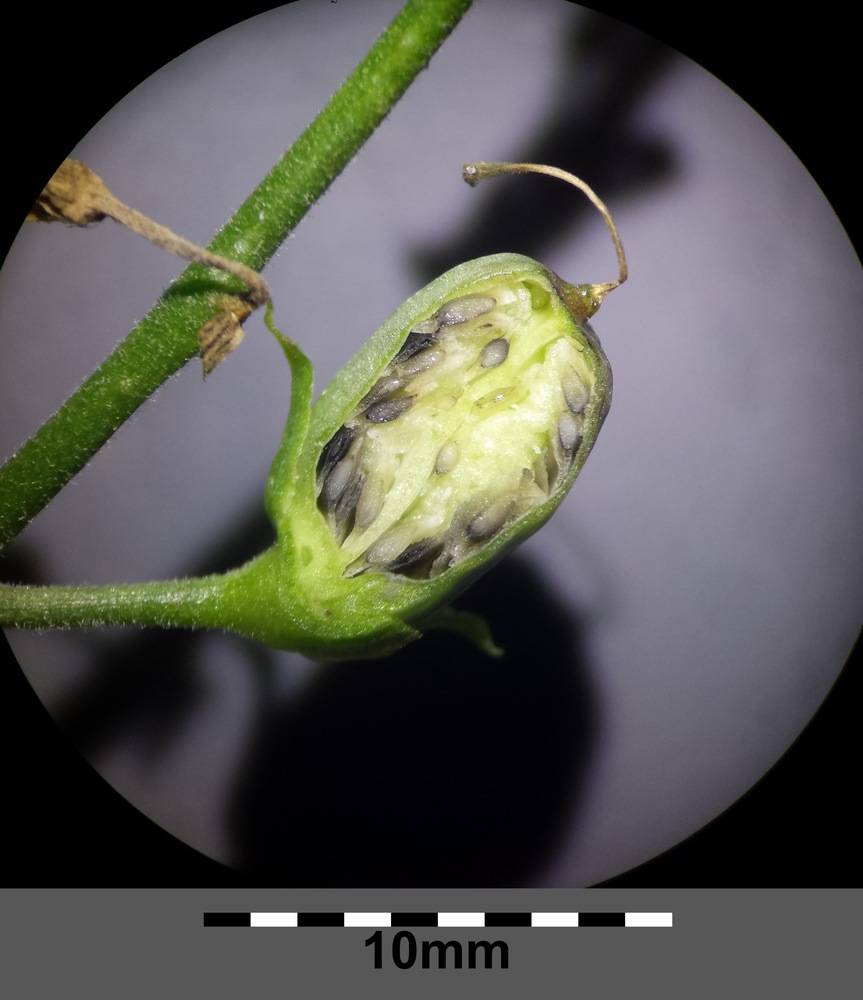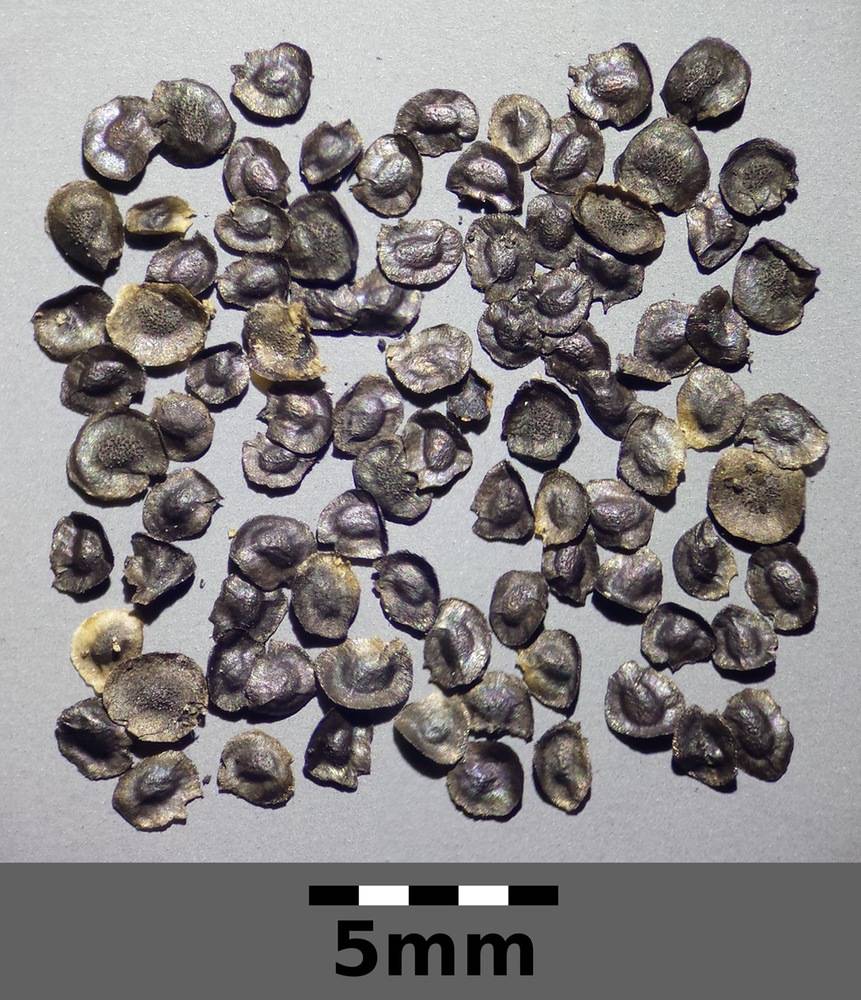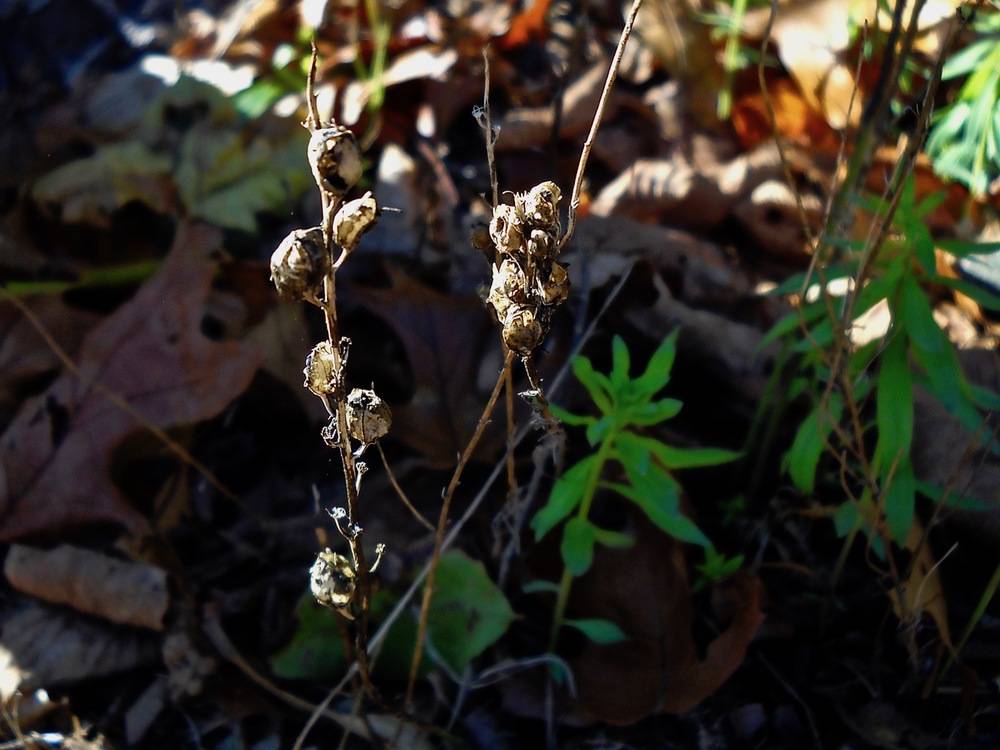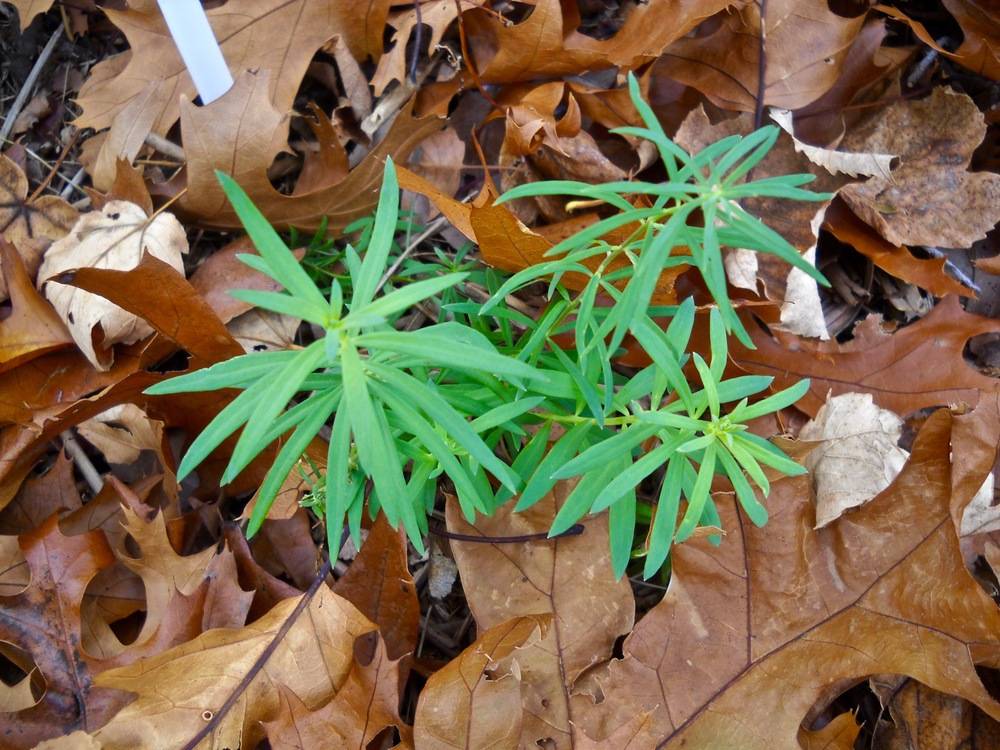butter-and-eggs toadflax
Butter-and-eggs toadflax is a perennial forb that is indigenous to Eurasia where it grows in habitats with well-drained soil such as sandy and gravelly sea shores, rocky outcrops, roadsides, waste ground, and lawns. It was brought to North America as an ornamental in the mid 1800's because of its showy flowers. It had been used to produce a yellow dye for centuries in Germany and so was cultivated moreover for this purpose by Mennonites of German ancestry who settled in the United States. Butter-and-eggs toadflax has been naturalized throughout much of North America and is considered invasive in some areas.
It is sparse in occurrence at Salter Grove. There is a small tentative patch growing near the entrance to the causeway and a more established patch along the Marsh Trail just above the high tide line near trail marker M6. The stems observed in the park tend to be spindly but the patch along the Marsh Trail is spreading slowly over time with daughter plants budding from roots that extend in all directions.
The floral shape and narrow opening of the corolla limit access to the nectar stored in the spur of the flower. Only large insects like bumblebees can force their way in, and in the process rub off pollen to potentially fertilize the next flower visited. However, some smaller insects do manage to chew through the spur to steal nectar without assisting in pollination. The fruit is in the form of a capsule containing flat seeds with a filmy collar that aids in dispersal by wind or water.
A European herbal from 1739 listed butter-and-eggs toadflax as a diuretic and laxative. It was taken internally to deal with jaundice, and swollen limbs caused by excess fluid in the body. Ointment made from the plant was used to treat hemorrhoids and various skin conditions. Juice from the plant was used to clean ulcerous sores and inflamed eyes. Linnaeus stated that a decoction in milk was used as a fly poison.
Surprisingly, Native Americans also made use of this introduced plant. A cold infusion of leaves was taken for diarrhea. An infusion was made from flowers for babies that cried too much. An infusion of crushed plants was taken to induce vomiting, to remove bewitching spells, and as an anti-love medicine.
For more information:
https://www.henriettes-herb.com/eclectic/blackwell/text113-116.html
https://www.luontoportti.com/suomi/en/kukkakasvit/yellow-toadflax
http://naeb.brit.org/uses/search/?string=linaria+vulgaris
https://mastergardener.extension.wisc.edu/article/yellow-toadflax-linaria-vulgaris/
https://en.wikipedia.org/wiki/Linaria_vulgaris
Millspaugh, C.F. (1974). American Medicinal Plants. Dover Publications, Inc. pp. 435-437. (Original work published in 1892)

